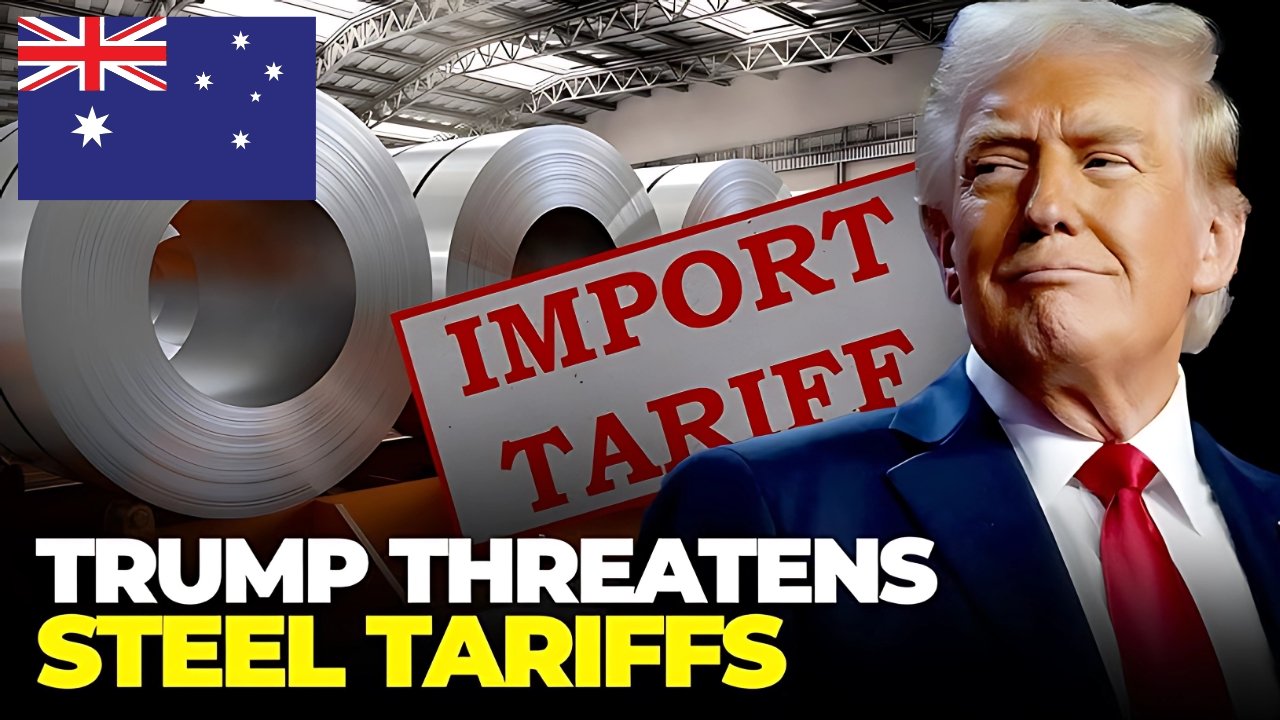
How Trump’s Tariffs Could Benefit Australians: What the Productivity Commission Found. If you’re keeping an eye on international trade, you’ve probably heard about the recent Trump trade tariffs and their global effects. But did you know these might actually have a small positive impact on the Australian economy? Let’s break down what the Productivity Commission discovered so you can see how it might affect everyday Australians.
Trump’s Tariffs: What’s Happening?
Former US President Donald Trump has reignited debates around trade tariffs, targeting several imports to safeguard American industries. The main aim is to reduce competition for US-made goods by making imported ones more expensive. While this move has led to protectionism in the US, global ripple effects are the real story—especially for countries like Australia.
Why Australia Could Gain
Despite initial worries, the Productivity Commission has found a surprise twist: these new US tariffs might create a “small positive effect” on the Australian economy. Here’s why:
-
Some Australian industries could become more competitive in the US market as rivals from other tariff-affected countries are priced out.
-
Australian exports (think beef, wine, minerals) may become preferable options, helping local producers.
-
There’s potential for job creation and increased exports, even if the overall benefit is modest.
Key Findings at a Glance
| Scheme | Data Insight |
|---|---|
| US Tariffs | Tariff rates increased by up to 25% on select imports |
| Australian Export Opportunities | Demand for goods like beef and minerals could rise by 2-3% |
Will Consumers Feel the Difference?
It’s important to remember that the impact is small, not dramatic. Shoppers won’t see a massive change at the store, and the boost to the economy won’t be headline-grabbing overnight. For most people, these effects will be:
-
Slight changes in export-driven industries
-
Potential uptick in jobs for sectors who can fill US gaps
-
Incremental improvements to Australia’s trade balance
Potential Challenges
While there’s some good news, it’s not all smooth sailing:
-
The gains aren’t spread evenly; winners are mostly in sectors that export what the US needs.
-
The broader economy—especially sectors tied to global supply chains—could see indirect costs.
What Does This Mean for You?
The Productivity Commission’s research basically says: don’t panic, but don’t expect windfalls. If you work in, or buy from, Australian export-heavy industries, you might see slightly brighter prospects. The numbers—often 2-3% upticks—aren’t huge, but they’re real.
FAQs
Q: Will Trump’s tariffs make things more expensive in Australia?
A: Not directly. The price changes mainly affect US consumers.
Q: Which Australian industries could benefit?
A: Export sectors like beef, wine, and minerals are likely winners.
Q: How big is the positive effect?
A: The Commission calls it “small”—about 2-3% in relevant export sectors.
Global Market Update: Could Gold Prices Reach a Record High in the Coming Week?…